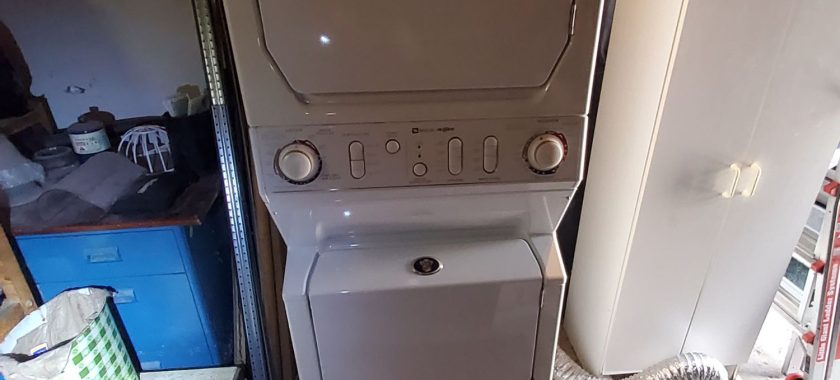When you rely on your dryer to keep laundry day efficient, nothing is more frustrating than discovering that your clothes are still damp after a full cycle. This not only doubles your workload but also increases your energy bills and puts unnecessary strain on the appliance. Two of the most common reasons clothes take too long to dry are a faulty heating element or restricted airflow. Identifying these issues early can help you save time, money, and prevent further damage to your dryer.
Why Proper Dryer Function Matters
A dryer is designed to complete its job within a specific time frame. On average, a properly functioning dryer should dry a normal load in 30 to 45 minutes. If your clothes are still damp after one or even two cycles, something is wrong. Prolonged drying times may cause wear and tear on fabrics, reduce the lifespan of your dryer, and significantly raise your electricity costs.
The Role of the Heating Element
The heating element is at the core of your dryer’s performance. This component generates the heat necessary to remove moisture from clothing. Over time, heating elements can wear out, burn out, or develop breaks in the coil. When this happens, the dryer will still tumble your clothes, but without sufficient heat, the moisture lingers.
Signs of a faulty heating element include:
- Clothes are consistently damp after a full drying cycle.
- The dryer feels cooler than usual when running.
- The cycle seems to run longer than normal, but results remain unsatisfactory.
Replacing a faulty heating element is not a task most homeowners should attempt alone, as it requires electrical expertise and safe handling of internal dryer components.
Restricted Airflow: The Silent Culprit
Even if your dryer is producing heat, restricted airflow can cause clothes to take much longer to dry. Dryers rely on a steady flow of air to move heat through the drum and vent out moisture. If that airflow is blocked, the hot, damp air stays trapped inside, leaving clothes damp.
Common causes of restricted airflow include:
- Lint buildup in the lint trap or vent hose. Even small amounts of lint accumulation reduce efficiency dramatically.
- Blocked or crushed vent hose behind the dryer, limiting the exit of hot air.
- Clogged exterior vent where the dryer exhaust exits your home.
- Dirty internal ductwork within the dryer itself, which requires professional cleaning.
Aside from poor drying performance, restricted airflow can also pose a fire hazard, as lint is highly flammable when exposed to heat.
Distinguishing Between the Two Problems
It’s not always obvious whether your issue lies with the heating element or airflow. However, you can often narrow it down with a few observations:
- Dryer feels hot but clothes stay damp: Likely an airflow issue. The heat is there, but it’s not being circulated properly.
- Dryer feels cool or lukewarm during cycles: Likely a faulty heating element. Without heat, moisture can’t be removed efficiently.
- Burning smell or excessive lint buildup: A strong indicator of restricted airflow.
Preventative Maintenance Tips
To avoid prolonged drying times and keep your dryer working efficiently, regular maintenance is essential:
- Clean the lint filter after every load.
- Check the vent hose monthly for bends, blockages, or buildup.
- Inspect the exterior vent regularly to ensure it is clear of lint, debris, or nests.
- Schedule professional servicing every year to clean out internal ductwork and check the condition of the heating element.
These simple steps not only improve efficiency but also reduce fire risks and extend your dryer’s lifespan.
When to Call a Professional
If you’ve checked the lint filter and vent but the problem persists, it’s time to call a professional repair service. Attempting to fix heating elements or internal airflow blockages without the right tools and knowledge can be dangerous. Skilled technicians can quickly diagnose the issue, replace parts if necessary, and ensure your dryer is operating safely and efficiently.
Clothes taking too long to dry is more than just an inconvenience—it’s a warning sign that your dryer needs attention. Whether the issue is a faulty heating element or restricted airflow, ignoring the problem can lead to higher bills, potential fire hazards, and costly breakdowns. By addressing the issue promptly, you can restore your dryer’s performance, protect your investment, and keep laundry day running smoothly.
If your dryer is struggling with extended drying times, don’t wait until the problem worsens. Contact Chula Vista Appliance Repair Company today for fast, reliable service. Our expert technicians will identify the root cause, perform professional repairs, and get your dryer back to peak performance in no time.
Contact us
(619) 880-5508


